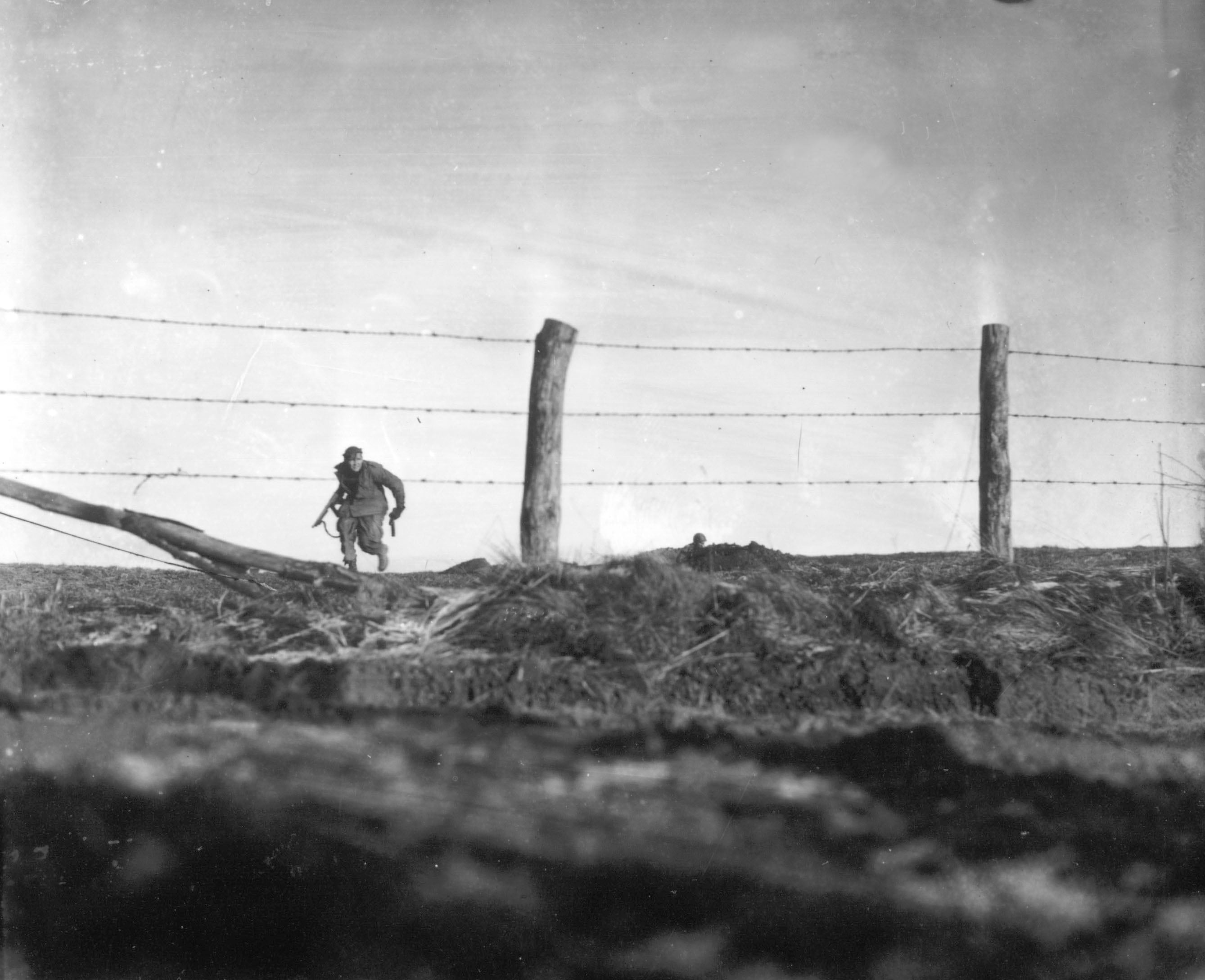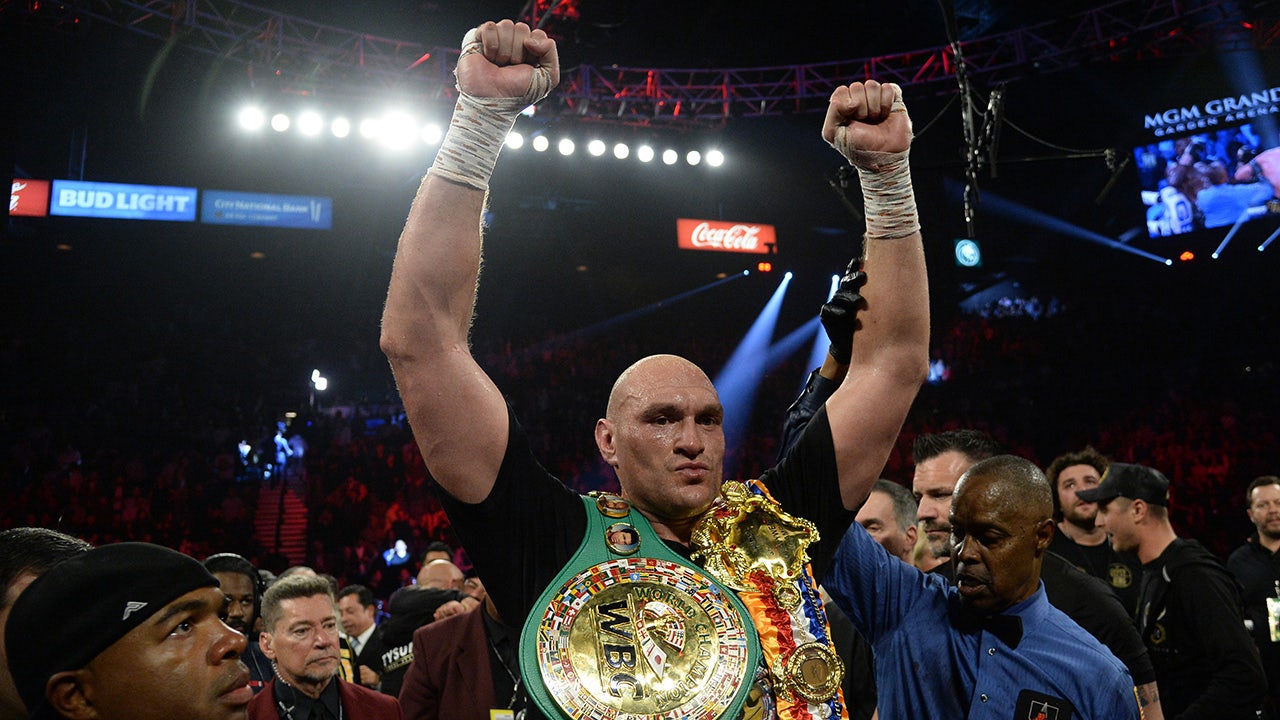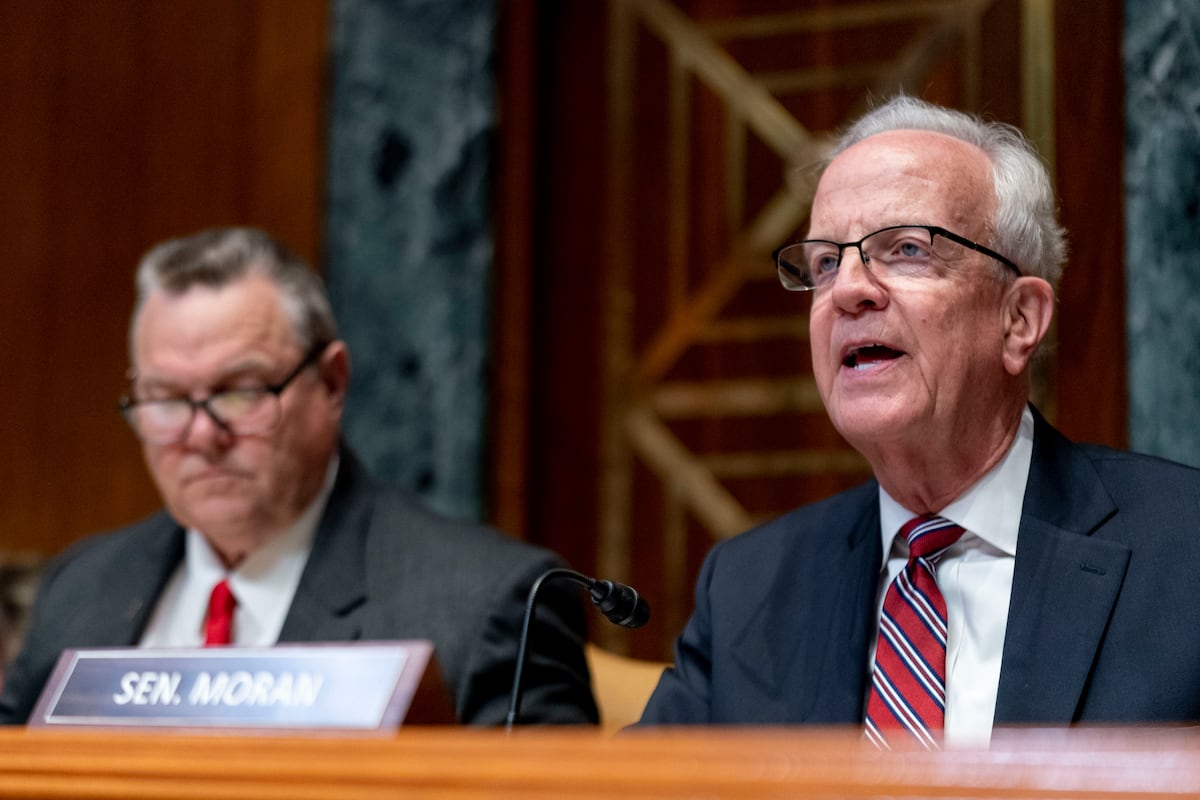Two vets recall Battle of the Bulge fears, mayhem

It has been dubbed by historians as “the greatest single victory in U.S. history.”
But for veterans Harry Miller and Frank Cohn, it wasn’t the 200,000 Germans, 1,000 tanks and assault weapons, the 1,900 artillery pieces or even the 2,000 German supporting aircraft that they remember.
It was the cold.
“Colder than hell. I can’t describe it,” Miller recalled during a Nov. 13, 2024, conversation with historian and author Alex Kershaw.
“To this day whenever I take a bath… after the Bulge I was finally able to go shower for 20 minutes,” he continued. “Everybody yelled ‘get out of there,’ but I wouldn’t go. Today whenever I have a shower or bath, I always remember the Battle of the Bulge.”
On Dec. 16, 1944, Hitler launched his last gasp effort to drive the Allies back to the sea and reverse Germany’s failing fortunes. Against his mighty assault stood approximately 80,000 U.S. infantrymen, supported by only 240 tanks and about 400 artillery guns, defending an impossibly wide front line that was over 80 miles long. By the battle’s end, the Bulge would become the largest land engagement in the Western Theater of World War II.
Among those 80,000 Allied personnel, namely Americans, there was a mixture of brand-new units and depleted divisions that had been badly chewed up in November during fighting in the Hürtgen Forest, according to Jerry D. Morelock. The Ardennes, meanwhile, was described by historian Charles B. MacDonald as “the nursery and the old folks’ home of the American command.”
At the mere age of 16, Miller, a member of the 740th Tank Battalion, was among those “green” recruits, having been on the job for all of one month. He entered the battle in what amounted to a Frankenstein’s monster-esque tank after he and his crew pieced together three M4 Sherman tanks and an M-36 Tank Destroyer from a supply depot in Sprigmont, Belgium, before heading into battle.
“Everyone was scared,” Miller remembered. “Their eyes were bugged out.
“And it was just so cold, wet, damp and foggy. It was so hard to see because the fog was one thing that was really bad. You couldn’t see very few feet in front, but you had to keep your eyes open, because if you didn’t, it meant you were going to get hit by an anti-tank gun.”
Adding to the cold, Miller’s unit eschewed going into combat with their hatches down.
“We found out that the best thing to do is go into combat with the hatches open, number one, so you can get out faster,” he said. “But number two, we taught everybody in our organization to always have your eyes looking up, down, left and right continually — four eyes looking out of the tank, looking up and down, left and right, up and down.”
In the blistering cold and dreary fog, the teenaged Miller was to witness the greatest barrage launched by the Germans on Allied lines in Western Europe.
The German surprise attack struck at 5:30 a.m. on Dec. 16, 1944, initially overrunning the outnumbered American defenders and creating the westward “bulge” — a name Gen. Dwight D. Eisenhower purportedly despised — in the front line, giving the battle its famous moniker.
“The first night was the scariest night of my life,” Cohn recalled in a conversation with the Friends of the National WWII Memorial. “Not because we were bombarded or anything. Or shot at. It was all the rumors that were coming in.”
Born in Breslau, Germany (present day Wrocław, Poland), Cohn, who is Jewish, and his family found refuge in the United States in 1938, with Cohn being drafted into the U.S. Army in 1943, just one month after his 18th birthday.
Sworn in as an American citizen during basic training, Cohn was originally assigned to the 87th Infantry Division before being he received orders as an infantry replacement and was sent to England, France and then Belgium, all the way to the front line.

While in Belgium, despite trying to distance himself from his native tongue, Army officials learned German was Cohn’s first language. He was subsequently plucked from the infantry ranks and sent to Le Vesinet near Paris. Unlike the Ritchie Boys — U.S. Army recruits who possessed German, Italian and Japanese language skills and immigrants who had fled Europe and Asia for the U.S. — who received a minimum of eight weeks of training, Cohn was slated for a two-week course which was then cut down even further.
“I had one week of training, and I became a full-fledged intelligence agent, well-trained,” quipped Cohn.
Speaking to the audience in November, Cohn recalled, “I was given a rifle and a flashlight and told to go to a small dirt access road and make sure to not let any Germans come in. So, I get in the middle of road, and I stand there and a vehicle comes and I halt, and the driver asks, ‘What the heck you doing there?’ I say, ‘I’m making sure you’re not a German.’ He said, ‘if I was a German, you’d be dead.’
“I thought that was a good point. I go into a ditch in the road. The next vehicle comes. They don’t hear me. They go right by. I’m not doing my job. Now, what am I supposed to do? I’m up. I’m down. I don’t know what to do. Thank goodness around midnight they called me back in.”
The German assault had exposed widespread intelligence failures, but a shaken Eisenhower, who later confessed that he “didn’t get frightened until three weeks after it had begun, when I began to read the American papers and found … how near we were to being whipped,” set in to action to slow, then stop and ultimately turn back the German advance, according to Morelock.
Eventually, more than 600,000 U.S. troops, backed up by 55,000 British personnel, took part in defeating Hitler’s Ardennes Offensive.
But for Miller and Cohn, the Bulge would hardly be their last time in combat.
Both men went on to fight through war’s end, with Miller going on to serve with distinction in Korea and Vietnam before retiring as a Senior Master Sergeant. Post-war, Cohn joined the Army Reserve and commissioned as a second lieutenant, deploying to Korea and Vietnam before retiring as a colonel in 1978.
Eighty years later, the two veterans — among the last surviving members of the deadliest battle of World War II — affirmed their belief in being part of what Eisenhower called “a great crusade,” but also of war’s ultimate cost.
“I sometimes think of the people who were there,” Miller told the audience. “I think of them as GIs. Dirty GIs. Unshaven. Dirty as the devil. Cold. Miserable… that’s the kind of people I see there. Instead of crosses I see that.”
Claire Barrett is the Strategic Operations Editor for Sightline Media and a World War II researcher with an unparalleled affinity for Sir Winston Churchill and Michigan football.
Read the full article here







